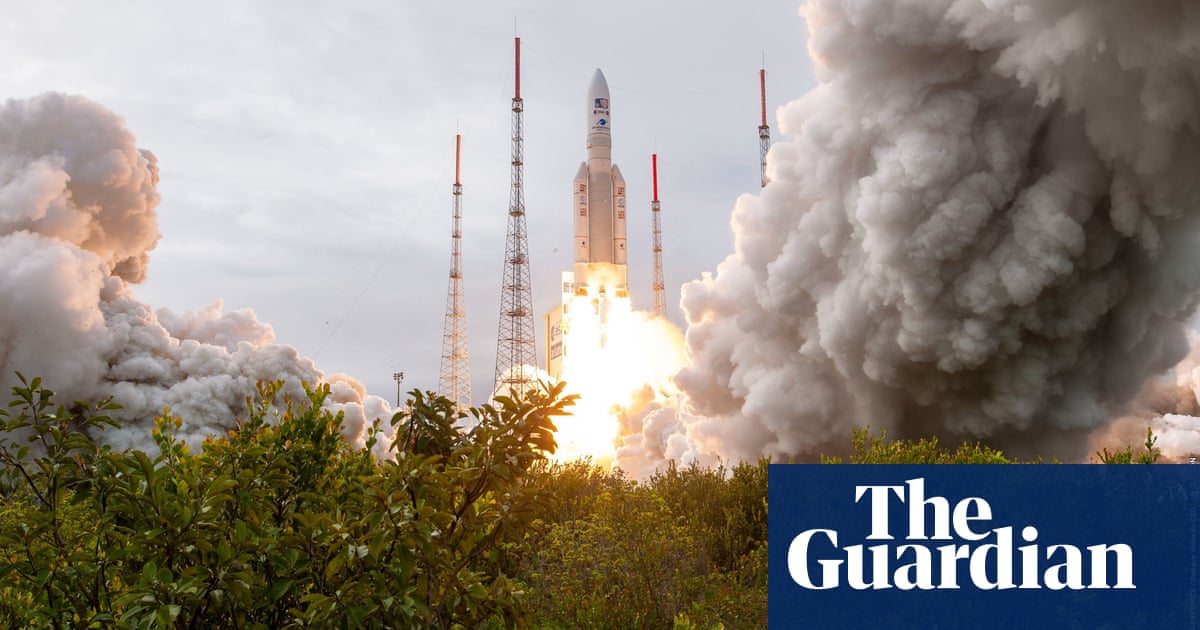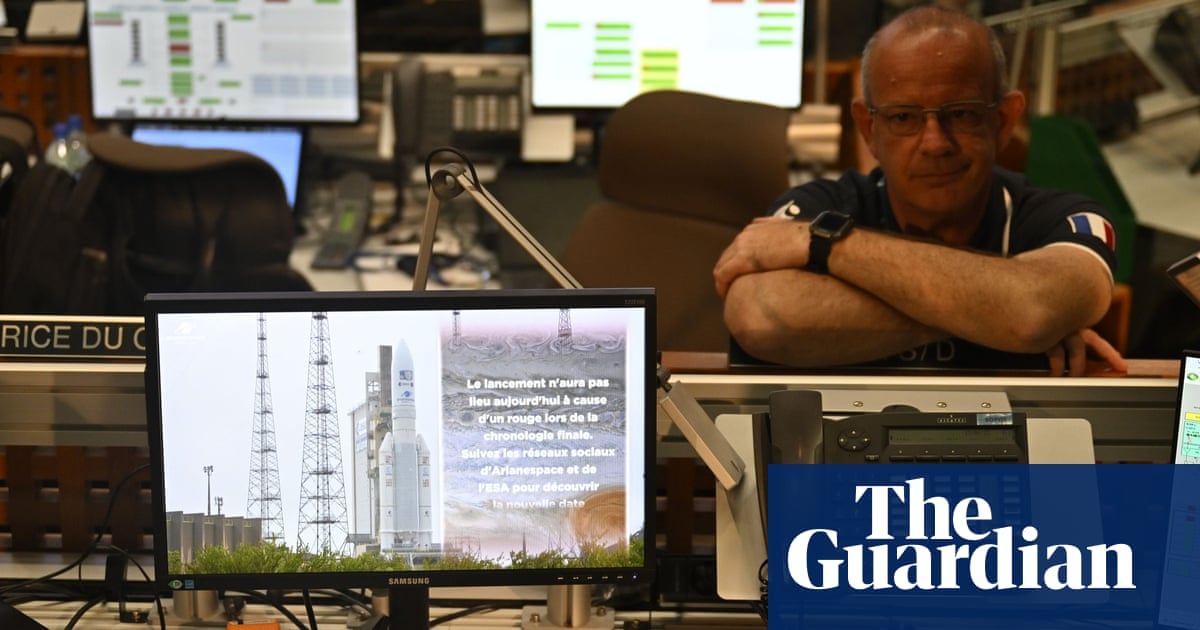
NASA probe Lucy blasted off on Saturday on a mission to investigate Jupiter"s asteroids. Launched with the help of an Atlas V rocket from Cape Canaveral in Florida, Lucy began a 12-year mission that will take it a total of around 6.5 billion kilometers into space, DPA reported.
The over 14-meter-long probe, which is powered by fuel and batteries that can be recharged via solar panels, is to fly close to seven of the so-called Jupiter Trojans.
The Trojans are asteroids that orbit the sun on the same path as Jupiter — a swarm rushes ahead of it, one follows behind. They are considered "remnants of the primordial material that formed the outer planets, which is why NASA hopes that the mission will provide new insights into the formation of the planets and our solar system.
A spacecraft has launched from Cape Canaveral on a mission to uncover "the fossils" of the Solar System. The Lucy probe will head out to the orbit of Jupiter to study two groups of asteroids that run in swarms ahead of, and behind, the gas giant.
US space agency (NASA) scientists say the objects are leftovers from the formation of the planets. As such, these trojans, as they"re known, hold important clues about the early evolution of the Solar System.
NASA has initially committed $981m (£720m), over 12 years, for the mission. In this time, the Lucy probe will visit seven Trojans.
There is a famous human fossil from Africa that was nicknamed Lucy, which taught us much about where our species came from. And this new NASA mission takes direct inspiration — and the name — from that origins story, except the fossils this spacecraft seeks are hundreds of millions of km from Earth, circling the Sun in formation with Jupiter.
"The Trojan asteroids lead or follow Jupiter in its orbit by about 60 degrees," explained Hal Levison, Lucy"s principal investigator from the Southwest Research Institute (SwRI) in Boulder, Colorado.
"They"re held there by the gravitational effect of Jupiter and the Sun. And if you put an object there early in the Solar System"s history, it"s been stable forever. So, these things really are the fossils of what planets formed from," he told reporters.
Lucy will use its instrumentation to study the city-sized (and bigger) objects, detailing their shape, structure, surface features, composition and temperature. If the Trojans are made from the same sorts of materials as Jupiter"s moons, it would suggest they formed at the same distance from the Sun as the gas giant. But this isn"t the expectation.
"If, for example, they"re made of the sorts of things we see much further out in what we call the Kuiper Belt, then that tells us they might have formed out there and then at some point got pulled inward," said SwRI mission scientist Dr. Carly Howett.
"This mission is a test of our models. We have this theory that there was a big re-juggle of objects early in Solar System history, when some things gravitationally got thrown out and some got thrown in. The evidence points to this billiard ball theory, but we"ll be able a check on that," she told BBC News.
Saturday"s launch would see Lucy make its encounter with the leading group of Trojans in 2027/28, followed by a tour of the trailing cluster in 2033. The total travel distance is over 6 billion km (4 billion miles).
Although focused on the Trojans, Lucy will also visit a different type of asteroid on the way out to Jupiter"s orbit — an object called Donald Johanson, named after the palaeoanthropologist who discovered the Ethiopian human fossil skeleton in 1974.
Next year, NASA will launch the Psyche spacecraft to a metal asteroid, also called Psyche. "It"s really the time for asteroids, and I"m expecting a leap in understanding," said Dr. Thomas Zurbuchen, the associate administrator for science. — Agencies











